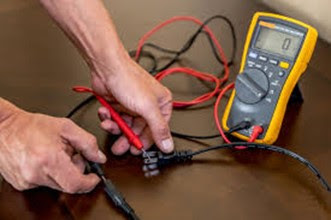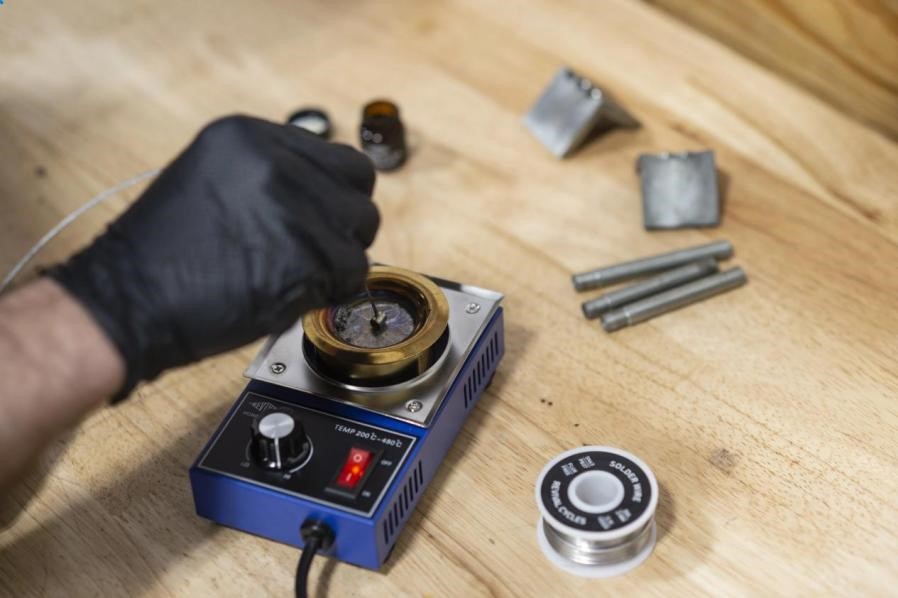About Us
Welcome to S.A.V.ELECTRONICS & ASSEMBLIES. We take great pleasure in introducing our dedicated team to your esteemed organization. As a privately owned and operated cable and wire harness manufacturer, we pride ourselves on delivering unparalleled customer service, utilizing cutting-edge equipment, and maintaining competitive pricing.
Our approach revolves around a close collaboration with your team to fully comprehend your application and design requirements. This partnership ensures the creation of cable and wire harness assemblies that not only meet but exceed your expectations.
At S.A.V.ELECTRONICS & ASSEMBLIES, we commit to providing superior service and unwavering cooperation, ensuring excellence at every stage and in every interaction. Thank you for considering us. Count on our commitment to delivering the very best services and support, anytime and anywhere.
WIRE HARNESS

We prioritize crafting top-quality harness assemblies by closely collaborating with our clients to understand their unique specifications. Our customer service begins with each inquiry, ensuring swift and effective responses, nurturing strong client relationships.
TESTING

At S.A.V electromics, we utilize electronic continuity testers to thoroughly assess cable and wire harness assemblies. By testing every single product in your order, we guarantee they meet your expectations, ensuring optimal performance and compliance with your specifications.
SOLDERING

The dip soldering process is for electrical, electronic components and assemblies where the solder tags or pins are immersed in a solder flux and subsequently dipped in the liquid solder. Damage to the components or assemblies is prevented by protection against splashes by a screen.
PLASTIC COMPONENTS

We do injection moulding plastic components parts related to wire harness and other related products.. we use quality raw materials for the Manufacturing process. Every component are individually checked before final packing.




